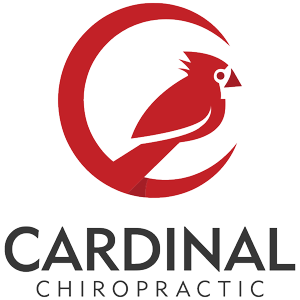Have you ever wondered what is all that noise your joints sometimes make when you move? Ever wonder “why do my joints pop”? Is it good or bad when it happens? Well the answer is, it depends. That’s probably not the answer you wanted. But sometimes the noise could mean an underlying problem.
Joint cavitation
A joint cavitation happens when you stretch a joint capsule and release the pressure inside. These sounds are often caused by the sudden release of gas bubbles within the joint fluid. Because the pressure inside your joint is more than the pressure outside of your joint, you will hear a pop. This is similar to opening up a bottle of champagne.
When you “crack” your knuckles, or see a trained chiropractor, this is what is happening. Joint cavitations are generally harmless and commonly occur during movements or manipulations of the joints. Joint cavitation, or manipulation, has been shown to decrease pain and improve range of motion. This is why it feels good. It also helps to break up scar tissue and/or adhesions, allowing the joint to heal properly.
Joint crepitus
Joints that pop every time you move them are usually from joint crepitus. Joint crepitus refers to a cracking, popping, or grinding sound or sensation that occurs within a joint during movement. It can be caused by various factors, such as roughened joint surfaces, cartilage damage, or the presence of air or fluid within the joint. Joint crepitus can sometimes indicate an underlying joint condition or injury, and it is advisable to consult a healthcare professional for a proper evaluation if you experience persistent or painful crepitus.
Chiropractic Care for Joint Crepitus
If you have been experiencing joint crepitus, chiropractic care can help. Often times abnormally loaded joints will be the cause of joint crepitus. Poor posture and poor spinal alignment will cause abnormal loads on your joints. Seeing a corrective care chiropractor to correct your posture and spinal alignment can help to take the abnormal stress off of your joints, allowing them to heal. This in turn will take care of the joint crepitus.

